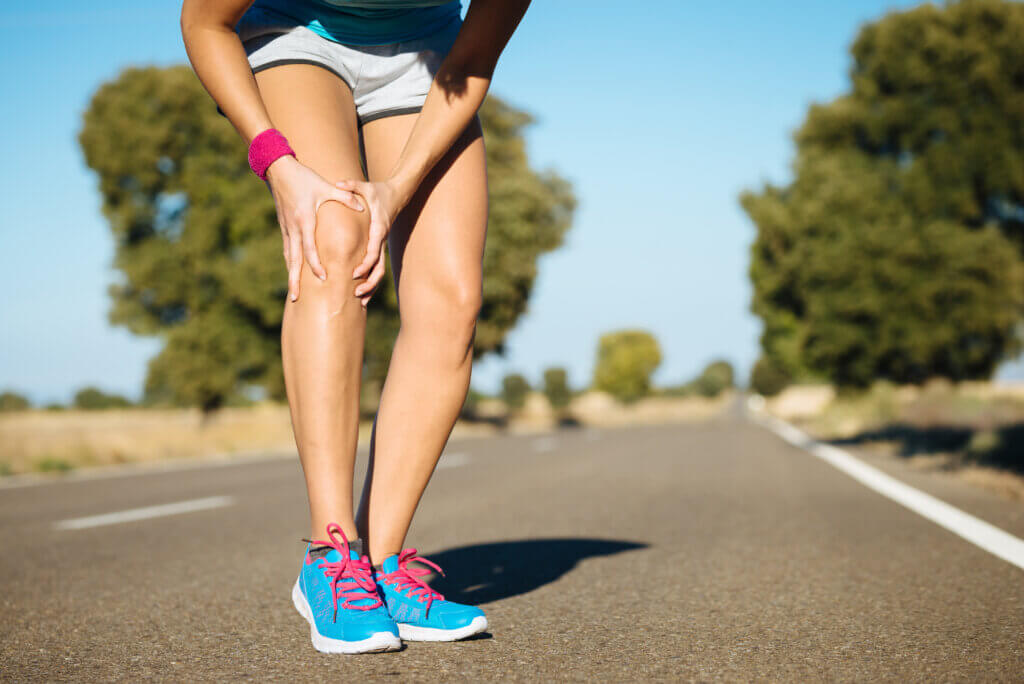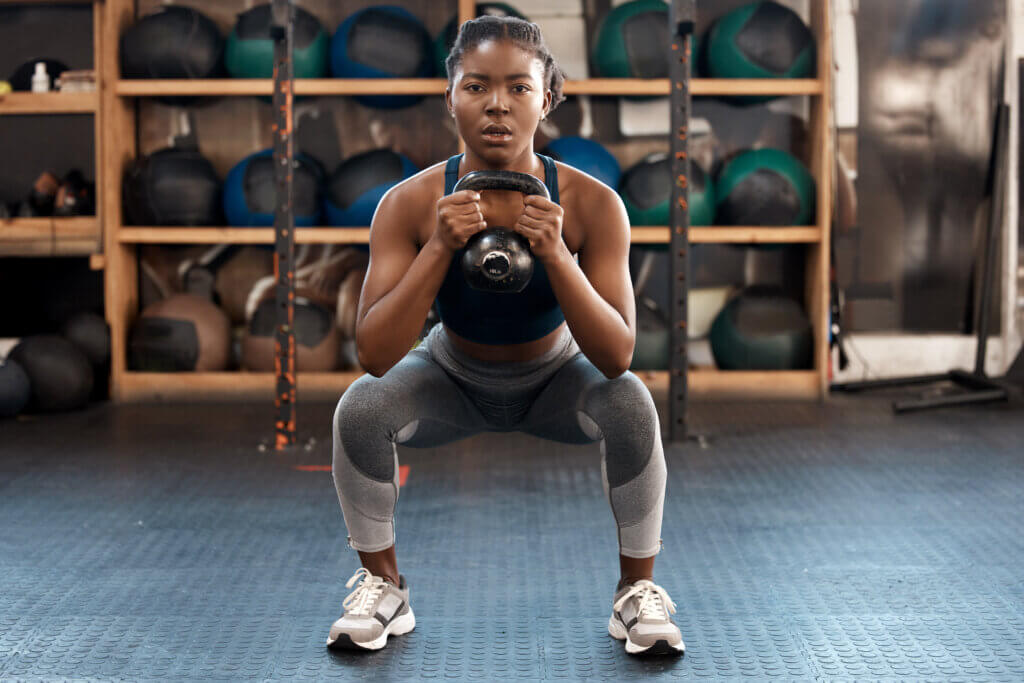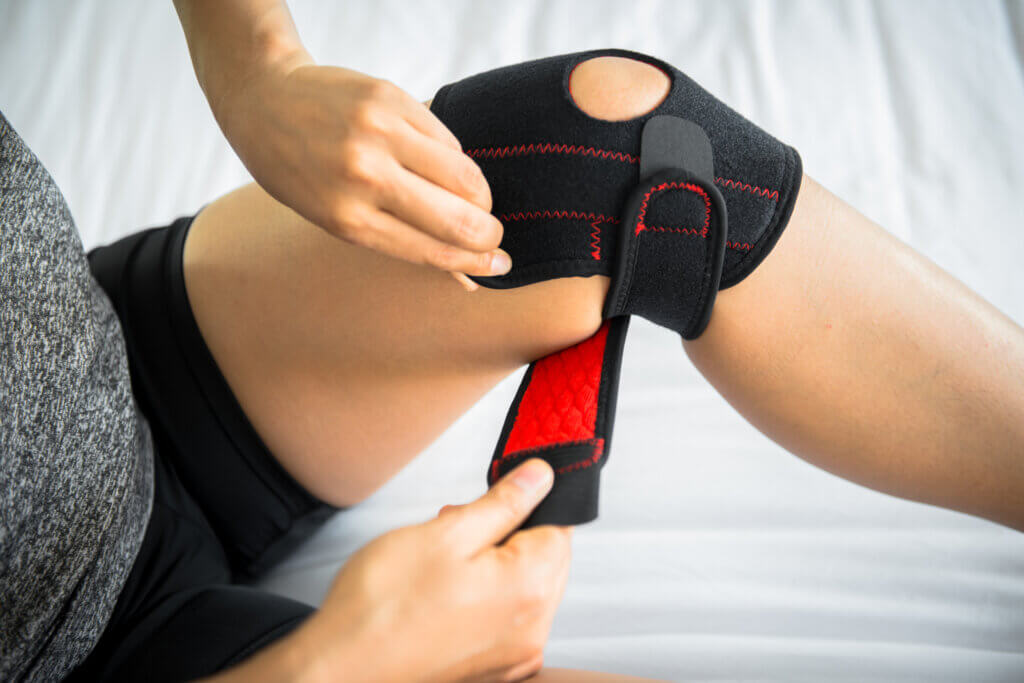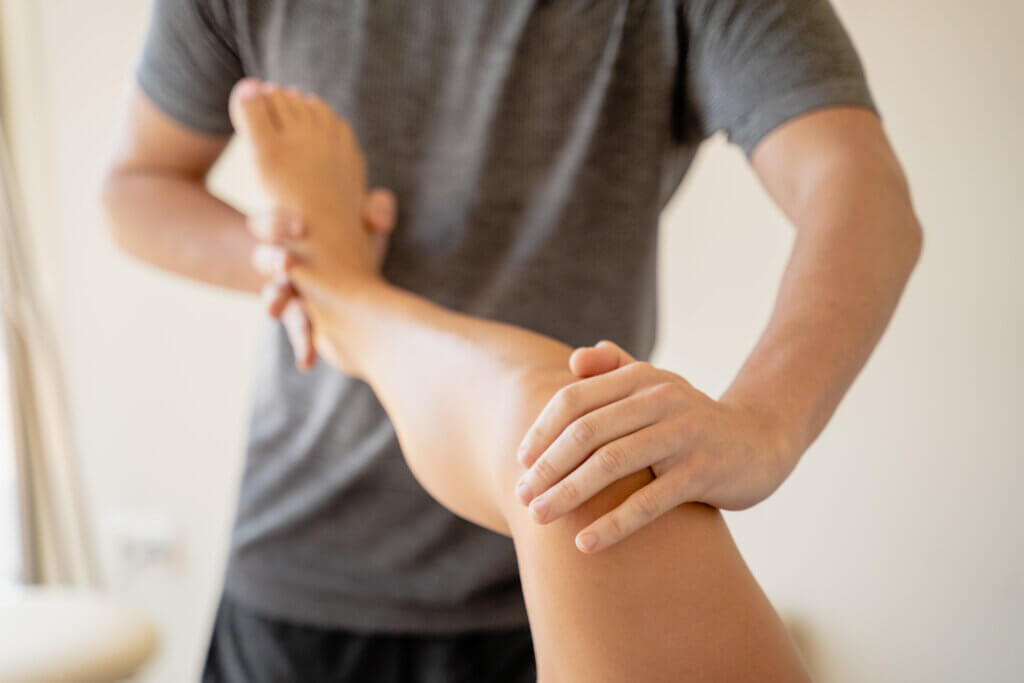What you need to know about running and knee pain
Running is a fantastic way to stay fit, improve cardiovascular health, and enjoy the great outdoors. However, many runners—both beginners and experienced—often experience knee pain. Understanding the causes, prevention strategies, and treatment options for knee pain can help keep you running pain-free and enjoying your workouts. Here’s what you need to know:
Common Causes of Knee Pain in Runners
Runner’s Knee (Patellofemoral Pain Syndrome):
Description: Pain around the kneecap often caused by overuse, misalignment, or weakness in the muscles around the knee.
Symptoms: Dull, aching pain in the front of the knee, especially when going up or down stairs, squatting, or sitting with bent knees for long periods.
Iliotibial Band Syndrome (ITBS):
Description: Inflammation of the iliotibial band, a ligament that runs along the outside of the thigh from the hip to the shin.
Symptoms: Pain on the outside of the knee, which may be sharp or burning, often worsening with activity.
Meniscal Injuries:
Description: Tears in the meniscus, the cartilage that acts as a cushion between the thigh and shin bones.
Symptoms: Pain, swelling, stiffness, and difficulty moving the knee.
Tendonitis:
Description: Inflammation of the tendons around the knee, commonly the patellar tendon (connecting the kneecap to the shinbone).
Symptoms: Pain and tenderness around the tendon, often aggravated by activity.


Preventing Knee Pain
Strength Training:
Focus on strengthening the muscles around the knee, including the quadriceps, hamstrings, and calves. Strong muscles help support and stabilize the knee joint.
Proper Footwear:
Invest in good quality running shoes that provide adequate support and cushioning. Replace them regularly to avoid running in worn-out shoes.
Gradual Progression:
Increase your running distance and intensity gradually to avoid overloading your knees. Follow the 10% rule: increase your mileage by no more than 10% per week.
Cross-Training:
Incorporate low-impact activities like swimming, cycling, or yoga into your routine to give your knees a break while still staying active.
Stretching and Flexibility:
Regularly stretch your legs, focusing on the calves, hamstrings, and quadriceps to maintain flexibility and reduce the risk of injury.
Proper Running Form:
Pay attention to your running technique. Avoid overstriding and focus on landing midfoot rather than on your heels to reduce impact on the knees.
Managing Knee Pain
Rest and Ice:
If you experience knee pain, take a break from running and apply ice to the affected area for 15-20 minutes several times a day to reduce inflammation.
Compression and Elevation:
Use a compression bandage to help reduce swelling and elevate your leg whenever possible.
Physical Therapy:
A physiotherapist or exercise physiologist can create a personalized rehabilitation program to strengthen the knee and address any biomechanical issues.
Over-the-Counter Pain Relief:
Nonsteroidal anti-inflammatory drugs (NSAIDs) like ibuprofen can help manage pain and reduce inflammation.
Gradual Return to Running:
Once your knee pain subsides, return to running gradually. Start with short distances and low intensity, and increase slowly.


When to Seek Professional Help
If your knee pain persists despite rest and self-care, or if you experience severe pain, swelling, or instability in your knee, it’s important to seek professional help. A healthcare provider can diagnose the underlying cause of your knee pain and recommend appropriate treatment.
Knee pain doesn’t have to put a stop to your running routine. By understanding the common causes, taking preventive measures, and knowing how to manage pain if it occurs, you can keep your knees healthy and enjoy running for years to come. If you have any concerns or persistent pain, don’t hesitate to reach out to our clinic for personalized advice and treatment.
